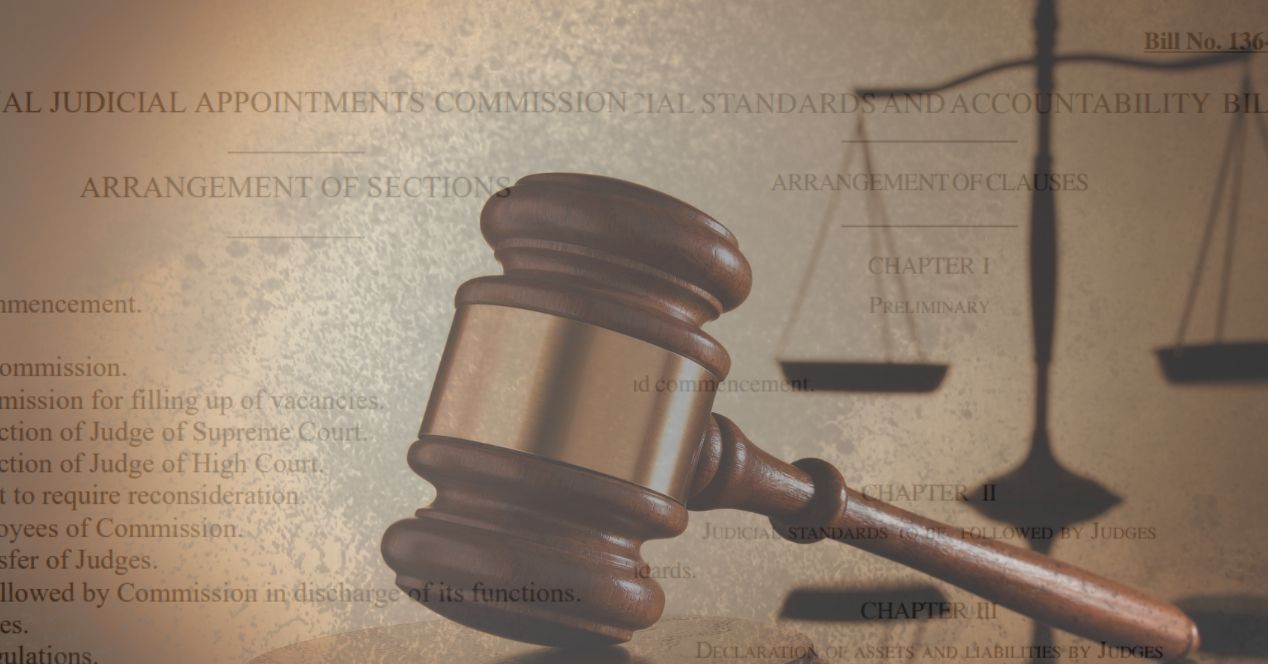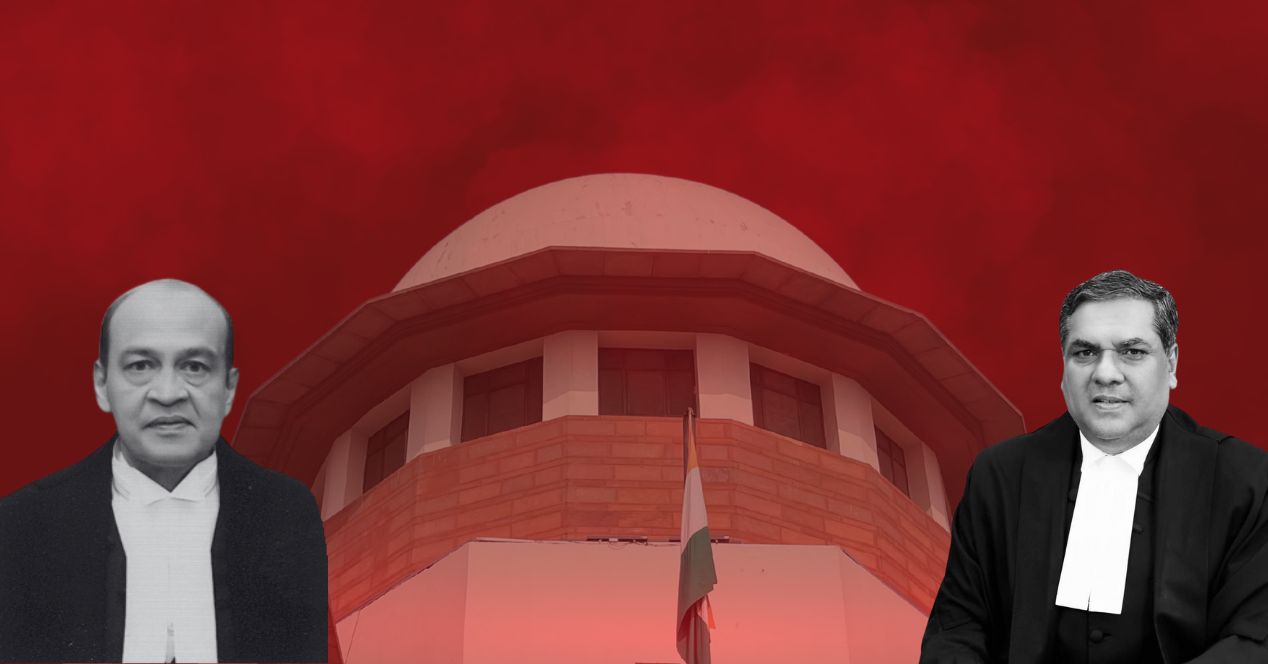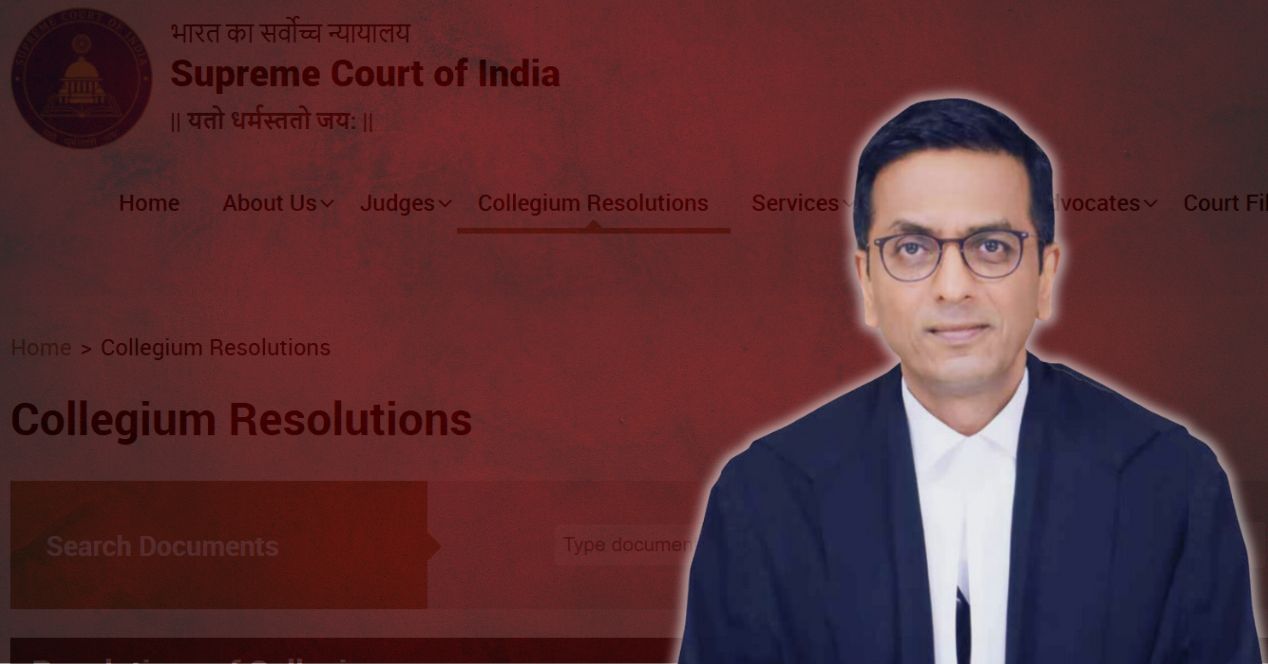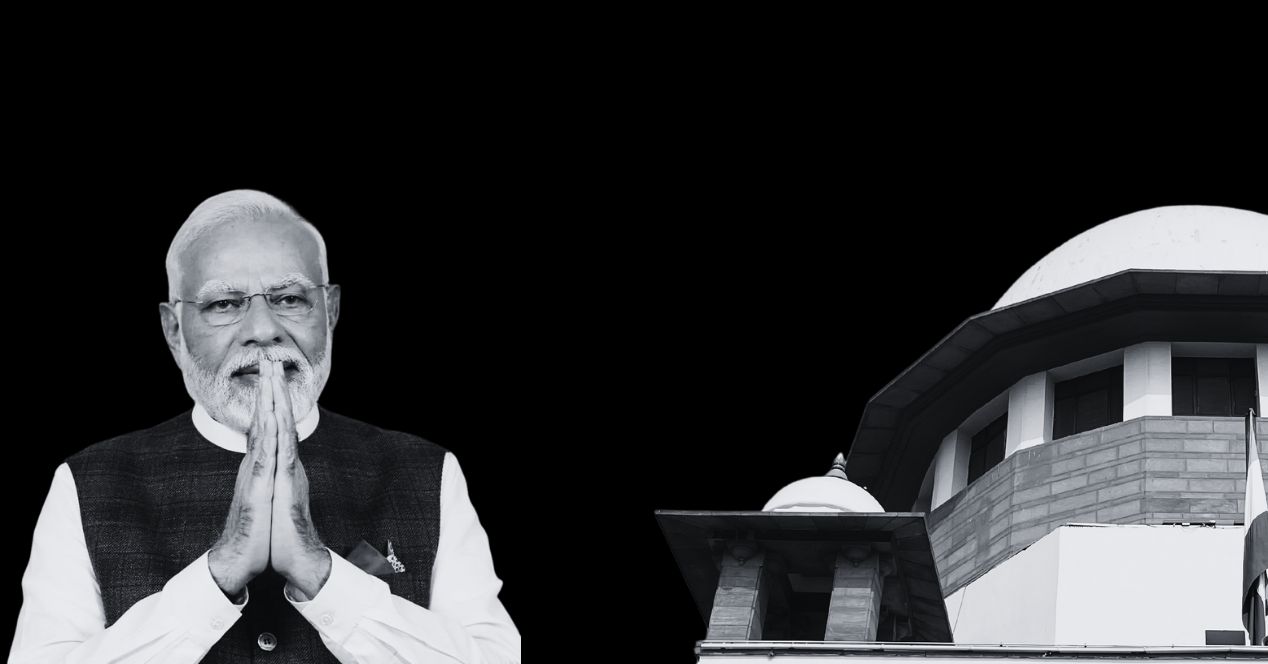Analysis
Why did the SC strike down the NJAC Act in 2015?
Amidst calls for reviving NJAC following the Justice Varma controversy, we look at why the Court preferred to preserve the Collegium system
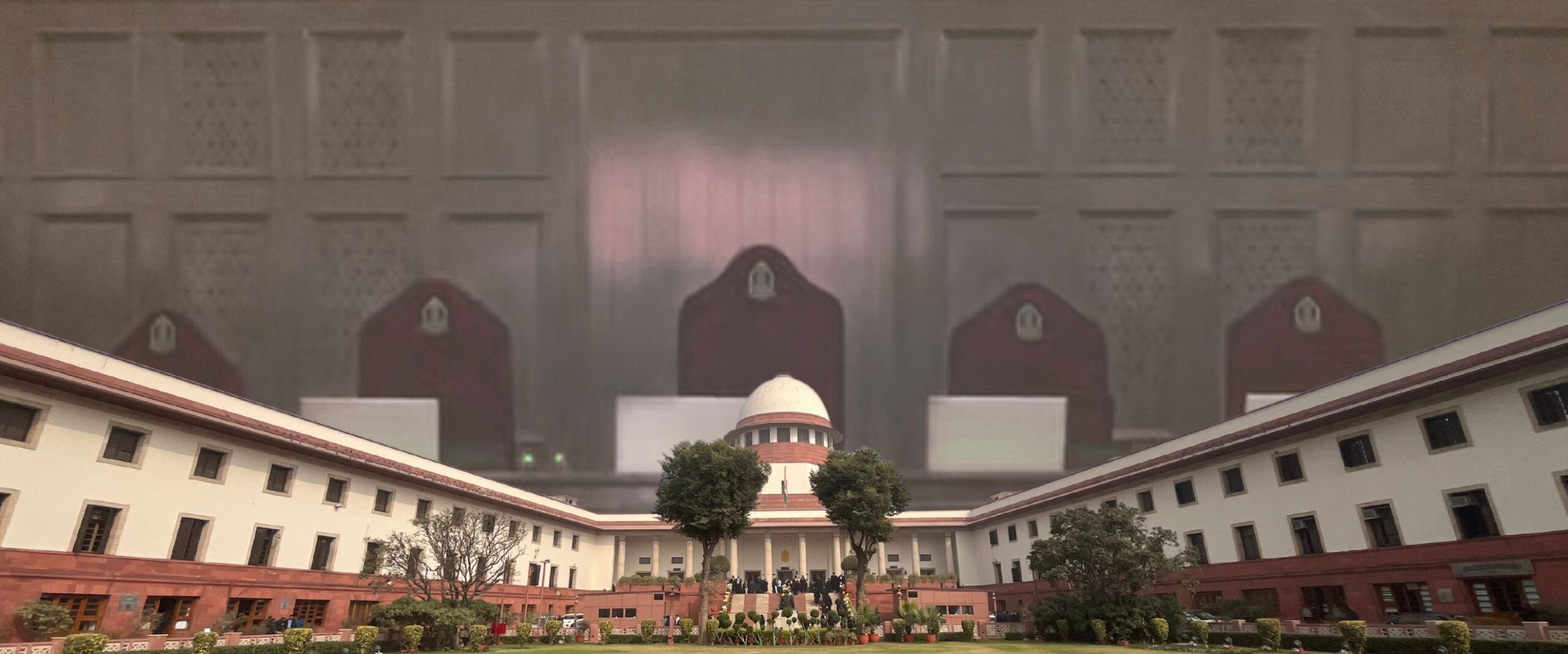
Last week, Vice President and Chairman of the Rajya Sabha Jagdeep Dhankhar stated that the ‘cash-in-outhouse’ controversy surrounding Justice Yashwant Varma could have been avoided if the Supreme Court had not struck down the National Judicial Appointment Commission (NJAC) in 2015.
After the cash was reportedly discovered during a firefighting operation at Justice Varma’s official residence, the Supreme Court Collegium led by Chief Justice Sanjiv Khanna acted swiftly. Justice Varma was transferred to Allahabad High Court from Delhi. The CJI also initiated an in-house inquiry.
The NJAC aimed to replace the Collegium system, under which the senior-most sitting judges of the Supreme Court recommend judges to be appointed to the higher judiciary. A body of the five senior-most judges recommend judges to the Supreme Court, whereas three senior-most judges recommend judges to the high courts.
The Collegium system was developed through three Supreme Court judgements which are popularly known as the First (1981), Second (1993) and Third (1998) Judges cases.
What was the NJAC?
The NJAC was introduced through the 99th Constitutional Amendment Act. The Act amended Articles 124 and 217, which deal with the appointment of judges to the Supreme Court and the high courts. The amendment removed the words which stated that the President will appoint judges after “consultation” with the Chief Justice of India. Instead, the President was to appoint judges “recommended” by the NJAC.
A new provision, Article 124A, prescribed the composition of the six-member NJAC: the Chief Justice, two other senior-most judges of the Supreme Court, the Union Law Minister and two “eminent” persons nominated by a committee comprising the CJI, the Prime Minister and the Leader of the Opposition. One of the two eminent persons would have to be from the following underrepresented communities: Scheduled Castes, Scheduled Tribes, Other Backward Classes, religious minorities or women.
Any two members of the NJAC could veto a recommendation. The amendment also introduced Articles 124B and 124C, which laid down the functions of the NJAC and permitted Parliament to make laws regulating the appointment of the CJI. The NJAC could also recommend the appointment of the Chief Justice of India and the Chief Justice of high courts. The CJI would be appointed per the seniority rule if they were found “fit” for the position.
The NJAC Act received presidential assent on 31 December 2014. Sixteen state assemblies had earlier ratified the Bill. This overhaul had found support across political lines. The Union government had contended the Bill manifested the “unanimous will of the people”. The Act came into force on 13 April 2015.
Why was the NJAC struck down?
Immediately after, the Supreme Court Advocates-on-Record Association (SCAORA) challenged the constitutionality of the NJAC Act. The petition was heard by a five-judge bench in Supreme Court Advocates-on-Record -Association v Union of India from 27 April 2015. This has since come to be known as the Fourth Judges cases.
The petitioners argued that the 99th Amendment violated the Basic Structure of the Constitution and undermined the independence of the judiciary. The Act was tested on whether it “retains and preserves primacy in the decision-making process with the judiciary.” The Union contended that two of the three sitting judges could exercise the veto on appointments.
However, in October 2015, the Supreme Court struck down the amendment in a 4:1 majority. The majority opinion of Justice J.S. Khehar found this contention to be “out-rightly obnoxious” because the veto power also extended to other members of the Constitution—it could, in fact, lead to a situation where the “eminent persons” could “defeat the unanimous recommendation made by the Chief Justice of India and the two senior most Judges of the Supreme Court.”
On the aspect of “eminent persons”, the Court found that their method of selection would advance the role of the executive. Further, there was no mention of the qualifications of such “eminent persons”. Therefore, their selection would be on the basis of the “free will of the nominating authorities.” The Court considered this vagueness sufficient to declare Article 124A as unconstitutional. The majority further questioned the requirement of the CJI being considered “fit” by the executive, as that would conclusively open the door for supersession.
Justice Khehar’s opinion also looked at the “legitimate power of reciprocity”, which he explained as “favours…generat(ing) feelings of obligation, and the desire to reciprocate.” The idea was that a judge appointed through the political-executive will feel an obligation to reciprocate.
In this context, Justice Khehar’s opinion also pointed out that since the executive is involved in the majority of litigations, “the participation of the Union Minister in charge of Law and Justice, as an ex officio Member of the NJAC, would be clearly questionable.”
The Court noted another instance where executive control meddled with the primacy of the judiciary. Section 8 of the Act provided that the Secretary of the Government of India would convene the NJAC. This was found to be unsustainable, mainly because the administrative functioning of a body involved in the appointment of judges should not be under executive control.
The Collegium v NJAC debate
There were two opinions in the NJAC judgement that critiqued the existing Collegium system: Justices Jasti Chelameswar’s dissent and Justice Joseph’s concurring opinion. While interference of the political-executive was frowned upon, the opinions observed that the present system lacked transparency, accountability and objectivity. However, the opinion of Justice Joseph found this to be “curable”.
Justice Joseph felt that the existing system caused a trust deficit as deserving persons were often ignored or overlooked, resulting in “unmerited” appointments. The other problem he pointed out was the executive’s “active silence” in preventing “unworthy appointments”.
The Justice Varma controversy has brought the ‘NJAC versus Collegium’ debate back to the forefront. Vice President Dhankhar’s comments can be interpreted to mean that controversies such as the one involving Justice Varma could have been avoided if judges had been appointed by the NJAC.
Here, it is worth noting that the executive has a role to play in the Collegium system too. Much of this is codified in a Memorandum of Procedure, which delineates the involvement of the judiciary and the executive. The MoP allows for the Law Minister to share their opinion on recommendations for high court judges. Further, the Governor of the state, on the advice of the Chief Minister, is also permitted to forward his comments to the Law Minister. Moreover, even the Intelligence Bureau provides inputs on judges recommended to high courts.
The Union can also send names back to the Collegium for reconsideration. If the Collegium reiterates the recommendation, the Union has no choice but to accept it.
In our study of Collegium activity under CJI D.Y. Chandrachud, we found that 15 percent of names recommended as high court judges were not cleared by the Union. The Court has also pulled up the Union for not responding promptly to names recommended and reiterated by the Collegium.
Public resolutions
Notably, in 2017, the Supreme Court, under then Chief Justice Dipak Misra, began publishing the resolutions of the Collegium on its official website. This was done after Justice Chelameswar refused to participate in Collegium meetings. In his dissent in the NJAC case, he had written that the records of Collegium proceedings “are absolutely beyond the reach of any person including the judges…who are not lucky enough to become the Chief Justice of India.” He had added that the Collegium system was “absolutely opaque and inaccessible both to the public and history.”
On 3 October 2017, a resolution signed by the five senior-most judges, including Justice Chelameswar, was published with the title “Re: Transparency in Collegium system.” It resolved that “the decisions henceforth taken by the Collegium indicating the reasons shall be put on the website of the Supreme Court.”
Eight years and six CJIs later, it’s clear that the publicly available resolutions don’t follow a standard format. The approach changes with each CJI. For instance, under Chief Justice Ranjan Gogoi, some resolutions laid down detailed reasons for the recommendation. In contrast, under Chief Justice N.V. Ramana, there have been single-page statements with little to no information about rank seniority or background. One aspect that has remained consistent, however, is the fact that the resolutions only mentioned the names of the judges who are being recommended and not all those who were considered.
In The Economic & Political Weekly in May 2021, Rangin Pallav Tripathy wrote that resolutions until then had no information on the objections of the Department of Justice, the views of judicial colleagues, or those of Chief Ministers or Governors. Since then, the Collegium under CJI Chandrachud has published objections by the Department of Justice while reiterating recommendations. Former Law Minister Kiren Rijiju had noted that recording objections in the resolution was a matter of “great concern”. Rijiju had also written to CJI Chandrachud to include a government nominee in the judicial appointment process.
In his book The Informal Constitution (2014), Abhinav Chandrachud wrote that one of the judges who served in the Collegium found the system to be “rubbish”. The same judge told Chandrachud that the CJI “had overruled the Collegium in one instance and confirmed the name of an additional judge as a permanent judge on a high court.”
Anecdotal and anonymised instances like this one seem to be borne out by the scant information that is publicly available. There have also been tenures where the judges’ refusal to see eye-to-eye on appointments have led to stalemates that are damaging for pendency. The reported deadlock within the Collegium during CJI S.A. Bobde’s tenure resulted in no appointments to the top court between August 2019 to August 2021.
Is there scope for a new law?
Writing for The Indian Express following the Justice Varma controversy, Senior Advocate K.K. Venugopal wrote that the 2015 decision was a missed opportunity for some much-needed reform. In the article, he also cites Justice Chelameswar’s opinion critiquing the Collegium system.
Some of Dhankhar’s statements on the NJAC were made in a meeting attended by floor leaders of the Rajya Sabha. Both the ruling party and opposition camps reportedly agreed on the need for an alternative to the Collegium system. This is a blast from the past, as the NJAC Act was also passed after a rare meeting of minds across political parties in 2014.
The willingness of the Opposition to conclusively come on board for a new law will depend on how a brand-new NJAC would operate. Notably, the Opposition has sharply criticised Rijiju and Dhankhar’s previous comments on judicial appointments.
If a new proposal is put forward to replace the Collegium system, Parliament’s work will be cut out to ensure that it doesn’t fall foul of the inevitable judicial review. In his opinion in the NJAC Case case, Justice Khehar had left the door open for a new law with the following words:
“Undoubtedly, it is open to the Parliament, while exercising its power under Article 368, to provide for some other alternative procedure for the selection and appointment of Judges to the higher judiciary, so long as, the attributes of ‘separation of powers’ and ‘independence of the judiciary’, which are ‘core’ components of the ‘basic structure’ of the Constitution, are maintained.”

